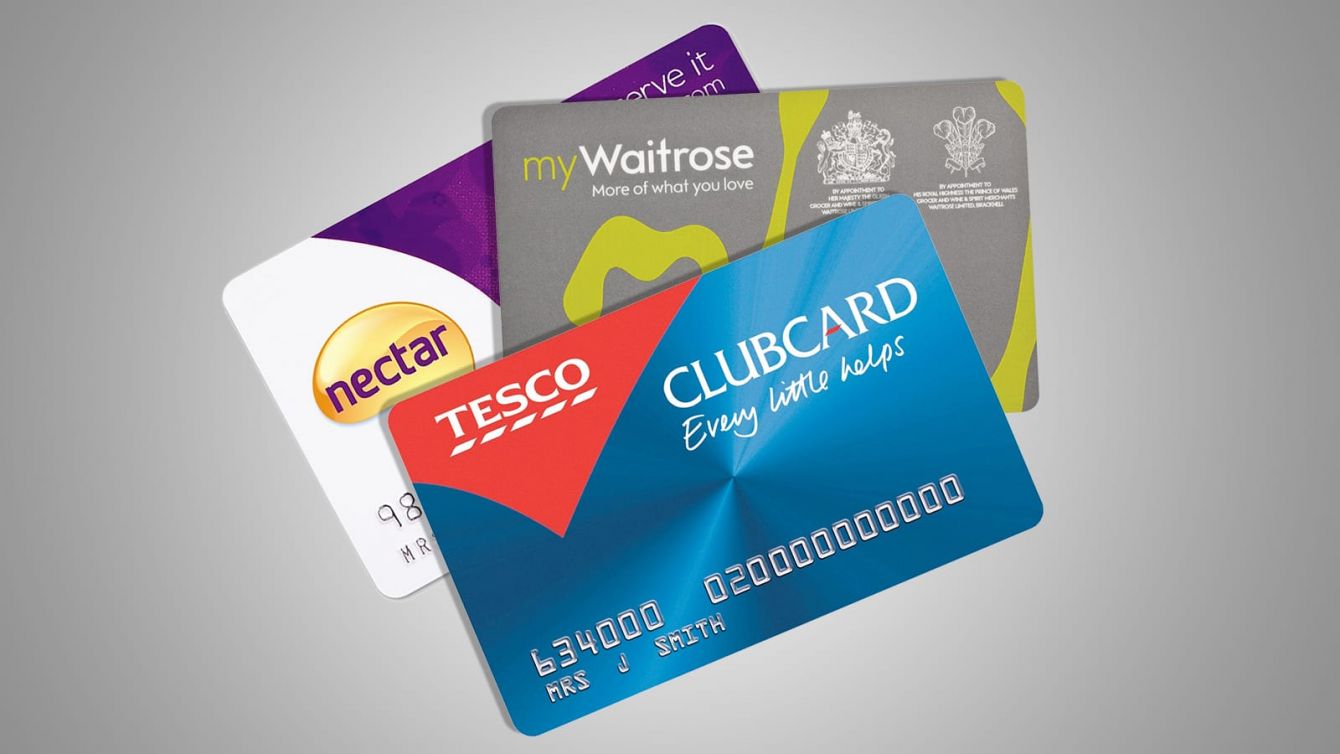 Winning with shoppers is key to consumer goods success: I think we can all agree on that. And on the surface, shopper marketing looks pretty straight forward. Stick some activity in a store and a shopper responds… Simple eh? Alas not. Shopper marketing is fiendishly complicated. Deep understanding of shopper behavior is key to shopper marketing success. In this post I’d like to dig into why understanding shoppers is a lot more complicated than many think: and to share some guidance as to how shopper marketers can cut through this complexity. Some of this is pretty straight forward, but please read through to the end, as there are some subtleties to this that even some of the most experienced shopper marketers miss from time to time!
Winning with shoppers is key to consumer goods success: I think we can all agree on that. And on the surface, shopper marketing looks pretty straight forward. Stick some activity in a store and a shopper responds… Simple eh? Alas not. Shopper marketing is fiendishly complicated. Deep understanding of shopper behavior is key to shopper marketing success. In this post I’d like to dig into why understanding shoppers is a lot more complicated than many think: and to share some guidance as to how shopper marketers can cut through this complexity. Some of this is pretty straight forward, but please read through to the end, as there are some subtleties to this that even some of the most experienced shopper marketers miss from time to time!
Shopper behavior varies by outlet
First and foremost, shopper behavior varies by outlet type. I’m pretty sure you all know this, but it’s worth repeating. Too often similar activity is implemented across channels without any real thought as to how shopper behavior varies. A shopper in a convenience store is different to a shopper in a superstore. They are in a different environment, with potentially a different mission, and different needs. It stands to reason that they will respond differently to stimulus. Someone buying (let’s say) a beer in a superstore might be interested in browsing and checking out new offers: in a convenience store, grabbing my favorite brand may be my priority and any attempt to interact with me beyond this may be ignored.
Shopper behavior varies by category
If it were just that simple. If all convenience store shoppers were grab and go and all superstore shoppers were browsers, shopper marketing would be pretty straight forward. Alas – it isn’t! Shoppers shop differently in different categories – even in the same store – even on the same trip. A shopper might be “grab and go” in one category, and then browsing in the next aisle. They might be deal hunting by the time they get to the next aisle, and looking for information in the next. This is where most retailer-based shopper segmentation approaches fall down. They look at overall shopper behavior, and try and allocate shoppers to a generic segment such as ‘Family deal seekers’. The trouble is that this simply isn’t nuanced enough. Just because I seek deals in some categories, doesn’t mean that defines me across all categories. As shopper marketers, we need to understand shoppers’ behavior by channel, by category.
Shopper behavior varies by shopper
Of course, not all shoppers are the same. I might deal seek in toothpaste, and browse in hair care. The next shopper might do the opposite. Unfortunately, there isn’t a fixed pattern. Different shoppers behave differently in different categories in different channels. To market effectively to these shoppers, shopper marketers must effectively segment shoppers, and understand how different groups of shoppers behave (by channel, by category).
Shopper behavior varies by shopping trip
OK – last one, I promise, but this is the best one and the one that (most of the time) gets missed. We’ve agreed that shopping behavior varies by shopper, category, and channel. But there’s more. The same shopper, in the same category, in the same store, but different behavior. How can this be? Sometimes shoppers use outlets for different purposes. In a recent study in Singapore, we found two very distinct behaviors. The same shoppers used a supermarket in two distinct ways. Sometimes they went for a small, top up shop: picking up necessities for the next twenty- four hours or so. On these trips, shoppers were highly planned, and rarely strayed from that plan. The same shoppers also used the same outlet, in the same category, in quite a different way. They also had different trips where they stocked up. They bought product for the pantry, often travelled with their family, and took a lot more time over their shop. The trip was less planned, and the shopper was much more likely to be tempted to buy other brands. Which shopping trip should a brand target? The second one of course!
Shopper marketing is complicated. Marketing to shoppers at the highest level requires an in-depth understanding of shoppers. Even before shopper marketers consider which activity they should use, they must understand the following:
- Who is my target shopper?
- What shopping missions do they have, and how does my category fit with these?
- Which stores do they use for which shopper missions?
- How do they interact with my category/brand, on those trips?
- How open to influence is the target shopper on each of those trip types?
This information helps the shopper marketer understand whether, and where (and when) there is the best chance of influencing a shopper. Only then should the shopper marketer start planning activity.
To learn more, check out our free e-book – “Managing Channels in the Age of the Digital Shopper”.




